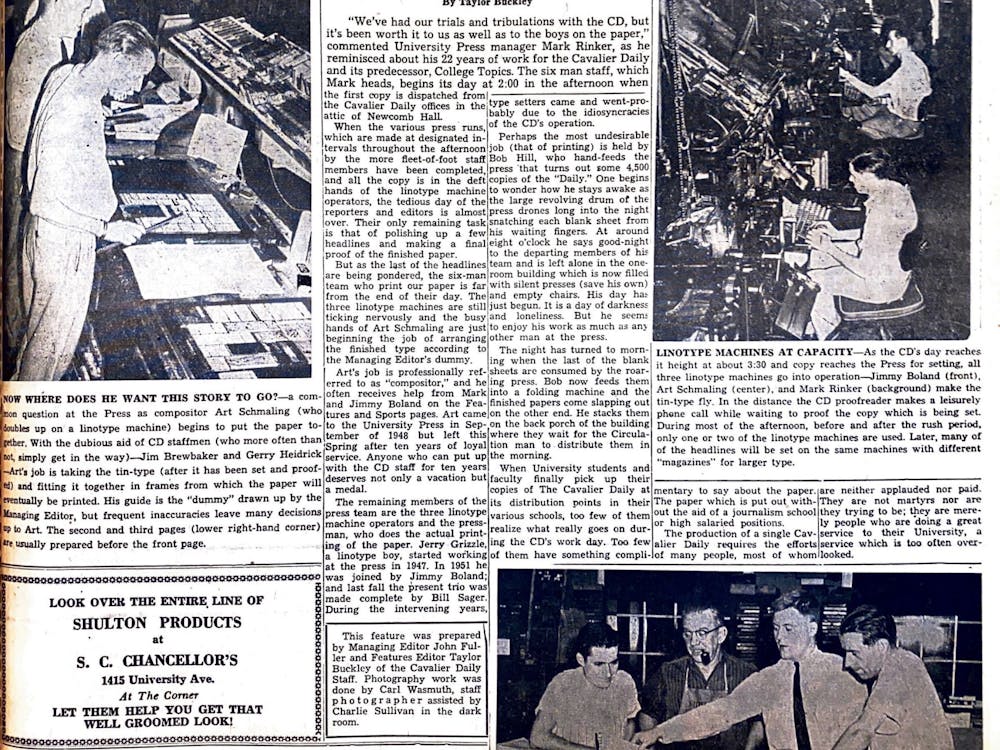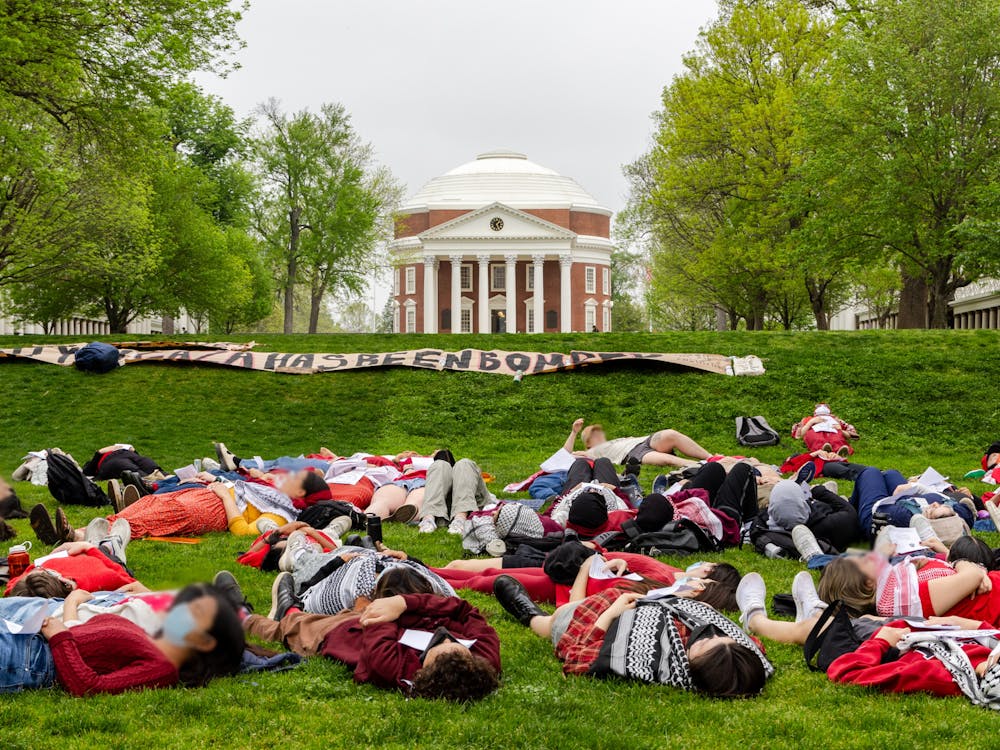Football players on average graduate at lower rates than non-student-athletes despite opposing claims by the National Collegiate Athletic Association.
According to the latest Adjusted Graduation Gap (AGG) report released Tuesday by the University of North Carolina, Chapel Hill, football players graduate at a rate 22 percent lower on average than full-time male students in the Atlantic Coast Conference.
The AGG report is distinct from the Graduation Success Rate (GSR) monitor employed by the NCAA and also from the federal government rate (FGR) measure. Although it uses data from the federal government, AGG then excludes part-time students from the equation when comparing student graduation rates and student athletes’ graduation.
“The Adjusted Graduation Gap rate is designed to compare a full time student at a given university and conference with the graduation rate of athletes,” said Richard Southall, an associate professor of sports administration at UNC Chapel Hill, who published the report.
The disparity in football player versus non-student-athlete graduation rates could be attributed to the significant amount of time student-athletes spend on the field and in the gym, Southall said.
“Football players are not like the full time students,” he said. “They just aren’t.”
At the University, the GSR and FGR measures found student-athlete football players entering the University in 2004 graduated at a rate of 69 and 60 percent respectively — compared to the 86.7 percent of non-student-athletes who graduated.
The University declined to comment on the specific study, but University spokesperson Marian Anderfuren said the University reports the graduation rates of its student-athletes to the NCAA, which maintains a database of the rates across the country.
“While such comparisons may be useful for prospective student athletes and their families as they decide what school to attend, how we compare is not our priority,” Anderfuren said. “Athletics’ mission is to graduate student-athletes, and the goal is 100 percent.”
“Student-athletes in the entering class of 2004 at Division I institutions equaled their highest rate in history” and graduated at 65 percent according to the NCAA’s website. The figure places student-athlete graduation rates at two percentage points higher than those of the general student body at Division 1 colleges and institutions.
The NCAA’s GSR includes students who graduate after transferring in and out of universities in its graduation rate calculation, while the FGR and the AGG do not.
“[The measuring systems are] just different,” NCAA spokesperson Emily Potter said. “The GSR was developed in response to membership wanting a way to look at how graduation rate is affected when you account for the kids that transfer.”
The NCAA still looks at both the GSR and the FGR to compare student athletes with the entire student body, Potter said.




